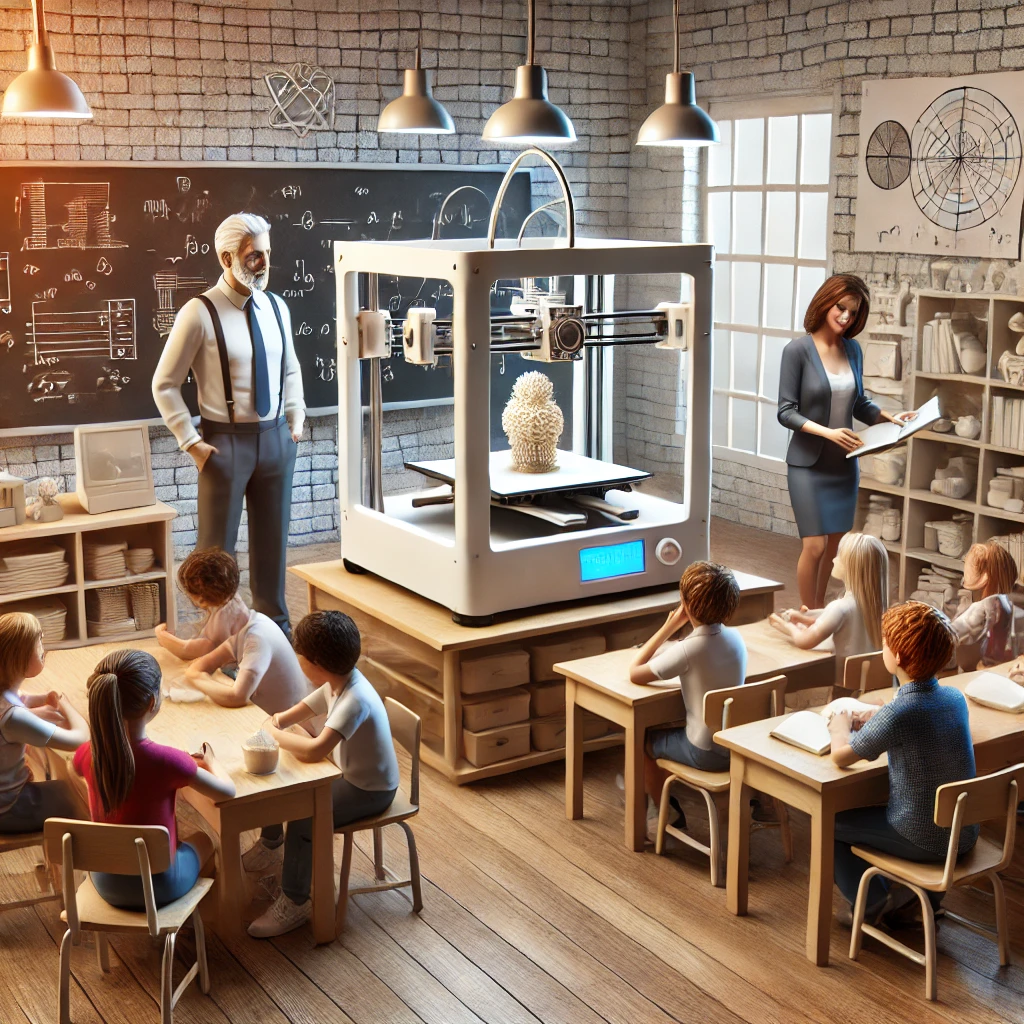
In recent years, 3D printing has emerged as a revolutionary technology, reshaping various industries, including education. This innovative tool offers numerous benefits, enhancing the learning experience and preparing students for a technologically advanced future.
Enhancing Engagement and Creativity
One of the most significant advantages of 3D printing in education is its ability to engage students actively. Traditional teaching methods often rely on passive learning, where students absorb information from textbooks and lectures. In contrast, 3D printing encourages hands-on learning, allowing students to bring their ideas to life. This process not only fosters creativity but also enhances critical thinking and problem-solving skills.
Multidisciplinary Learning
3D printing is inherently multidisciplinary, integrating concepts from science, technology, engineering, arts, and mathematics (STEAM). For instance, students can design and print models of historical artifacts in history class, create prototypes in engineering courses, or explore geometric shapes in mathematics. This cross-disciplinary approach helps students see the interrelation of different subjects and apply their knowledge in practical ways.
Real-World Applications
By incorporating 3D printing into the curriculum, educators can provide students with real-world applications of theoretical concepts. For example, biology students can print models of complex molecules or anatomical structures, making abstract concepts more tangible and easier to understand. Similarly, architecture students can create scale models of their designs, allowing them to visualize and refine their projects.
Preparing for the Future Workforce
As 3D printing technology becomes more prevalent in various industries, equipping students with the skills to use this technology is crucial. Familiarity with 3D printing can give students a competitive edge in the job market, particularly in fields such as engineering, manufacturing, healthcare, and design. By integrating 3D printing into education, schools can help bridge the gap between academic learning and industry demands.
Overcoming Challenges
While the benefits of 3D printing in education are clear, there are challenges to consider. The initial cost of 3D printers and materials can be a barrier for some schools. Additionally, educators need proper training to effectively incorporate this technology into their teaching. However, as 3D printing becomes more accessible and affordable, these challenges are gradually being addressed.
Conclusion
3D printing is transforming education by making learning more interactive, multidisciplinary, and aligned with real-world applications. As schools continue to adopt this technology, students will be better prepared for the future, equipped with the skills and knowledge needed to thrive in a rapidly evolving technological landscape.
Sources:
https://link.springer.com/chapter/10.1007/978-3-031-59238-6_1
https://link.springer.com/article/10.1007/s10639-021-10733-7
https://link.springer.com/content/pdf/10.1007/s10639-021-10733-7.pdf
https://formlabs.com/blog/guide-3d-printing-education
Discover more from PrintCraft.gr
Subscribe to get the latest posts sent to your email.